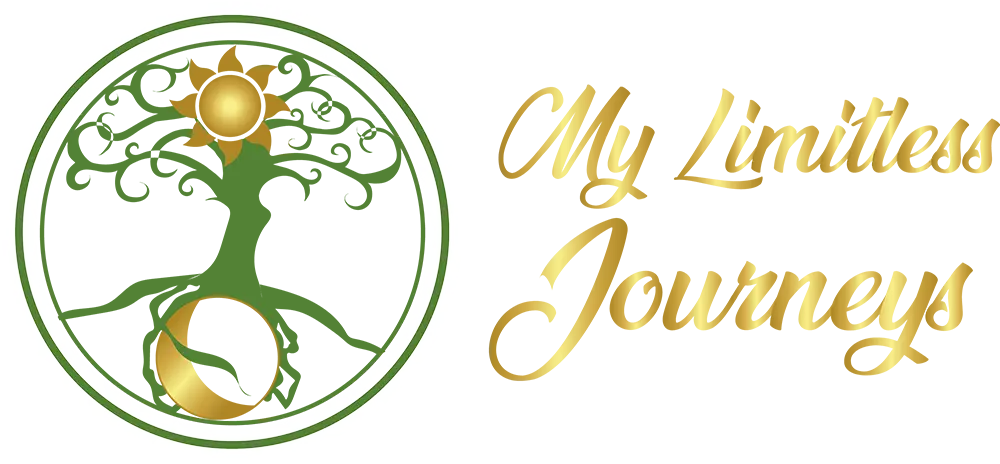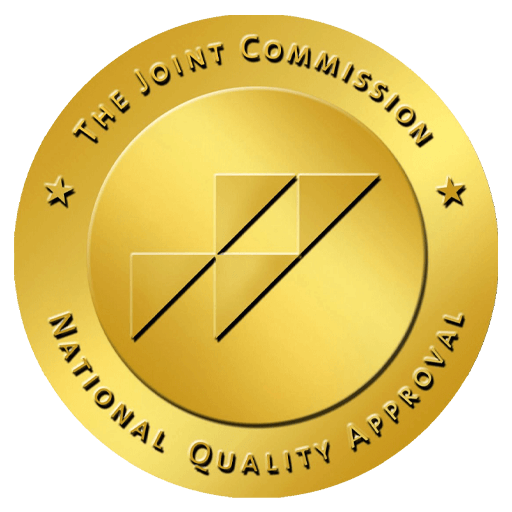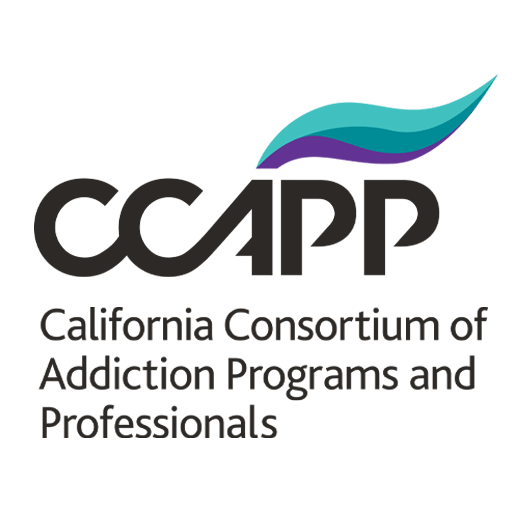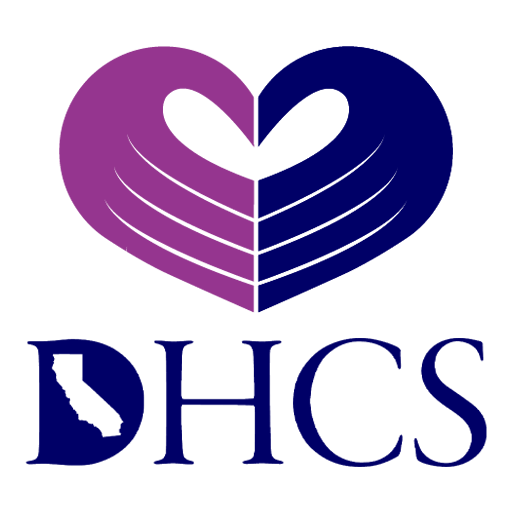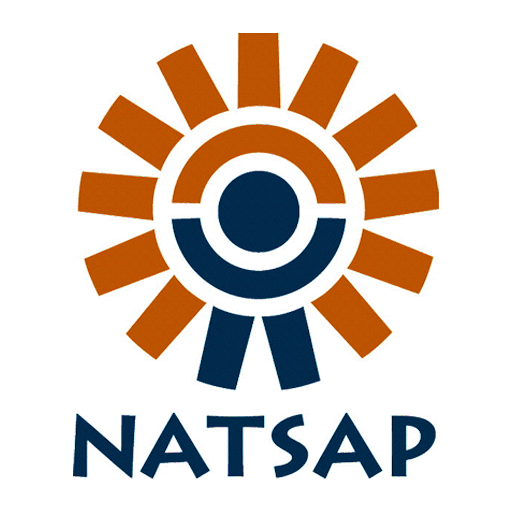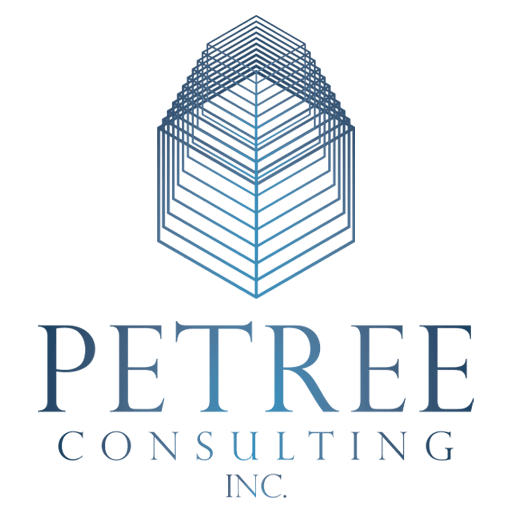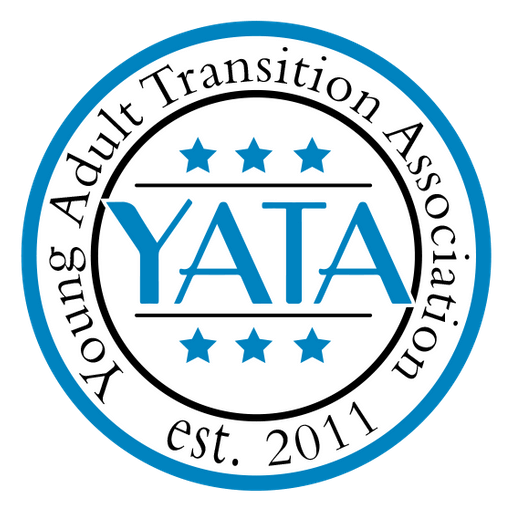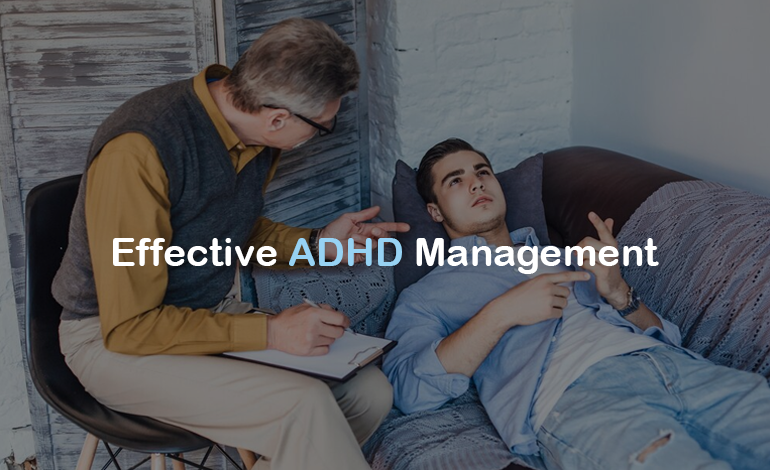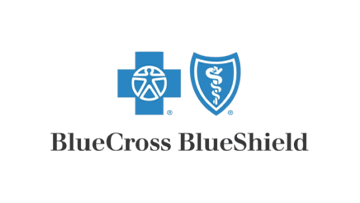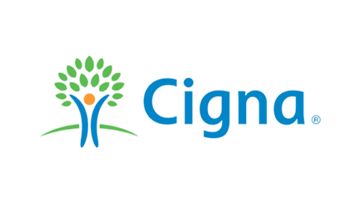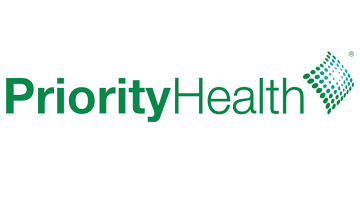Attention-Deficit/Hyperactivity Disorder (ADHD) is a neurodevelopmental condition that affects millions of people worldwide. While ADHD can present unique challenges, effective management strategies can significantly improve the quality of life for individuals with the condition.
Dysfunctional ADHD refers to instances where symptoms become so severe that they disrupt daily functioning, relationships, and professional goals. This guide offers a comprehensive approach to managing dysfunction ADHD effectively.
Understanding Dysfunction ADHD
To manage dysfunction ADHD, it’s crucial to understand its core symptoms and impacts. ADHD is characterized by inattention, hyperactivity, and impulsivity. Dysfunctional ADHD occurs when these symptoms escalate, interfering with one’s ability to meet daily responsibilities. Common issues include:
- Difficulty maintaining focus: Individuals may struggle to concentrate on tasks, often finding their mind wandering or being easily distracted. This can lead to incomplete assignments, missed deadlines, and an overwhelming sense of frustration. Staying organized becomes challenging, especially when juggling multiple responsibilities.
- Emotional dysregulation: Sudden mood swings and intense frustration can arise without warning, often stemming from an inability to manage stress effectively. People with ADHD may feel overwhelmed by minor setbacks, leading to feelings of inadequacy or even social withdrawal. This emotional unpredictability can make day-to-day interactions more challenging.
- Impaired relationships: Communication struggles and impulsive behaviors may cause misunderstandings or conflicts with friends, family, or colleagues. For example, interrupting during conversations or reacting hastily without thinking can strain relationships, leaving both parties feeling frustrated and unheard.
- Low productivity: Difficulties in organizing thoughts and managing time often result in a lack of productivity. Simple tasks may seem insurmountable, leading to procrastination or avoidance. This cycle can exacerbate feelings of failure, further impacting self-esteem and motivation.
Recognizing these patterns is the first step toward implementing effective solutions. By acknowledging the specific challenges ADHD presents, individuals can begin to explore targeted strategies for improvement.
Professional Interventions for Dysfunction ADHD
Comprehensive ADHD Management Strategies
- Seek a Comprehensive Evaluation
Accurate diagnosis is a cornerstone of effective ADHD management. To achieve this, it is essential to consult a qualified professional such as a psychologist, psychiatrist, or neurologist. These specialists can conduct a thorough assessment that typically involves reviewing medical history, conducting psychological tests, and gathering input from family members, teachers, or coworkers.
A detailed evaluation helps tailor interventions to meet individual needs and set the foundation for successful treatment.
- Medication Options
Medication often plays a significant role in managing ADHD symptoms. Commonly prescribed options include stimulants like methylphenidate (Ritalin) and amphetamines (Adderall), as well as non-stimulants such as atomoxetine (Strattera) or guanfacine (Intuniv). These medications can improve focus, reduce hyperactivity, and enhance impulse control.
However, regular follow-ups with a healthcare provider are critical to monitor their effectiveness and adjust dosages if necessary to minimize side effects and maximize benefits.
- Cognitive Behavioral Therapy (CBT)
Cognitive Behavioral Therapy (CBT) is a highly effective tool for individuals with ADHD, helping them develop coping mechanisms, improve self-regulation, and address negative thought patterns. Specific CBT techniques include learning time management strategies, setting realistic goals, and developing problem-solving skills.
These approaches empower individuals to navigate daily challenges and build resilience against the emotional impact of ADHD.
Building Personalized Coping Strategies
- Prioritize Routine
Establishing a structured daily routine can significantly help in managing ADHD symptoms. Consistency minimizes distractions and promotes focus. Key components of an effective routine include morning rituals such as meditation or journaling to start the day calmly, task planning using a planner or app to break tasks into manageable steps, and evening wind-down activities like reading or light stretching to promote relaxation.
- Embrace Time Management Tools
Time management can be challenging for individuals with ADHD, but utilizing effective tools and techniques can make a substantial difference. Digital calendars with reminders help keep track of appointments, while the Pomodoro technique—working for 25 minutes followed by a 5-minute break—enhances productivity.
Prioritization frameworks such as the Eisenhower Matrix assist in determining urgent and important tasks, ensuring that time is spent on activities that matter most.
- Create ADHD-Friendly Workspaces
Your environment plays a pivotal role in productivity. To create a workspace conducive to focus, consider minimizing distractions with noise-canceling headphones or silencing your phone, decluttering to reduce visual stimuli, and ensuring ergonomic support with comfortable seating for extended work sessions.
Cultivating Emotional Resilience
- Practice Mindfulness
Mindfulness exercises are highly beneficial for improving attention and reducing impulsive reactions. Techniques such as daily meditation focusing on the breath, body scans to stay present with physical sensations, and mindful walking to engage with the sensations of movement can help center the mind and manage ADHD symptoms effectively.
- Develop Self-Compassion
Living with ADHD can be frustrating at times, but self-compassion is essential for emotional well-being. Acknowledging that struggles are part of the journey and celebrating small victories can foster a positive mindset and encourage perseverance.
- Build a Support Network
Connecting with others who understand ADHD can be incredibly supportive. Whether through local support groups, online forums, or close friends and family, sharing experiences helps reduce feelings of isolation and provides valuable insights and encouragement.
Educational and Occupational Strategies
- Advocate for Accommodation
Many workplaces and educational institutions offer accommodations to support individuals with ADHD. Examples include flexible deadlines, quiet spaces for focused work, and regular check-ins with supervisors or teachers. Advocating for these accommodations ensures a more supportive environment, allowing individuals to thrive.
- Use Technology for Assistance
Modern technology offers a plethora of tools tailored for ADHD management. Task management apps like Trello, Asana, or Todoist help organize projects, while speech-to-text software like Dragon Dictation facilitates quicker documentation. Habit trackers such as Habitica can keep individuals motivated and consistent in building positive routines.
- Continuous Learning
Understanding ADHD is a lifelong process. Educating yourself about the condition through books, podcasts, and seminars can empower you to adopt better strategies and improve your ability to manage symptoms effectively.
Lifestyle Adjustments
- Exercise Regularly
Physical activity boosts dopamine levels, which can improve focus and mood. Engaging in enjoyable activities such as walking, jogging, dancing, or team sports is a fun and effective way to manage ADHD symptoms. Aim for at least 30 minutes of moderate exercise most days of the week.
- Maintain a Balanced Diet
Nutrition plays a vital role in influencing ADHD symptoms. A balanced diet rich in lean proteins, complex carbohydrates, and omega-3 fatty acids supports brain health and sustains energy. Avoiding excessive sugar and processed foods can prevent spikes in hyperactivity and enhance overall well-being.
- Prioritize Sleep Hygiene
Quality sleep is crucial for managing ADHD symptoms, though the condition often disrupts rest. Improving sleep hygiene by maintaining a consistent bedtime, avoiding screens an hour before sleep, and creating a calming bedtime ritual such as reading or listening to soothing music can enhance restfulness and overall functioning.
Managing ADHD in Relationships
1. Open Communication
Be honest about your ADHD with loved ones. Explain how it affects you and discuss ways they can offer support. Regular check-ins can strengthen understanding and cooperation.
2. Set Boundaries
Impulse control challenges can sometimes lead to misunderstandings. Establishing boundaries ensures mutual respect and reduces conflicts.
3. Celebrate Progress Together
Involve your loved ones in celebrating milestones, no matter how small. Shared victories foster a sense of teamwork and encouragement.
Conclusion
Managing dysfunction ADHD effectively requires a multi-faceted approach that includes professional intervention, personalized coping strategies, emotional resilience, and lifestyle adjustments.
While living with ADHD poses challenges, adopting these strategies can help individuals lead fulfilling, productive lives. Remember, every step toward better management—no matter how small—is a victory worth celebrating. Seek support, remain patient, and trust in your capacity for growth.
Ready to take the first step toward effectively managing ADHD? With Mylimitless Start implementing these strategies today and unlock a more focused, productive, and fulfilling life.
